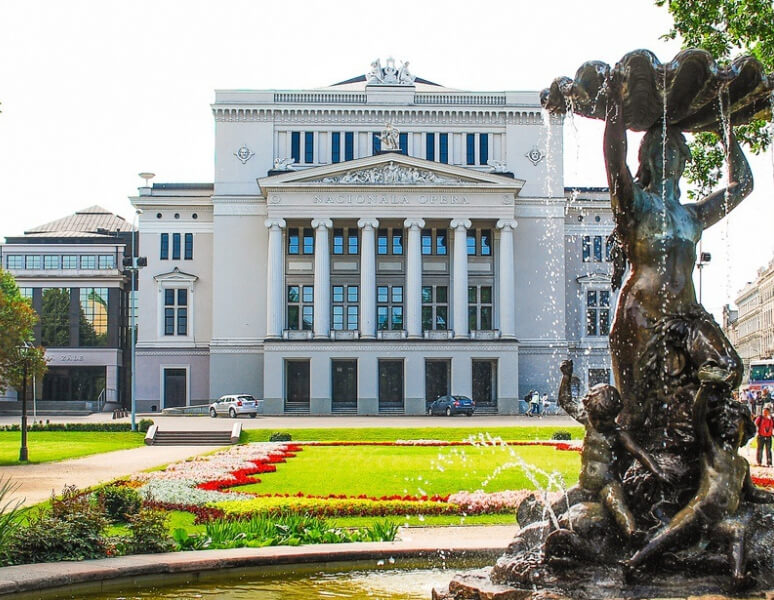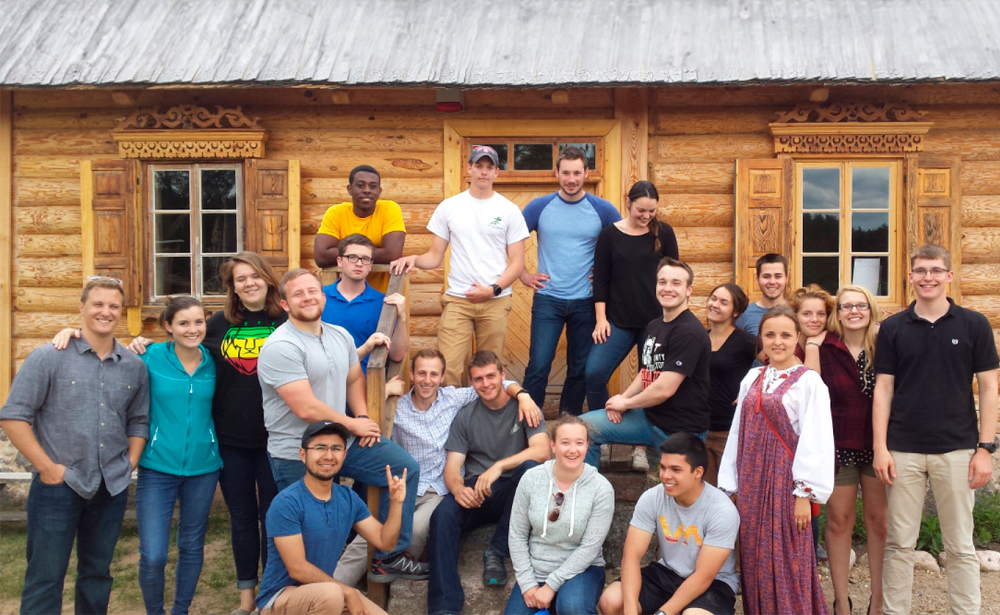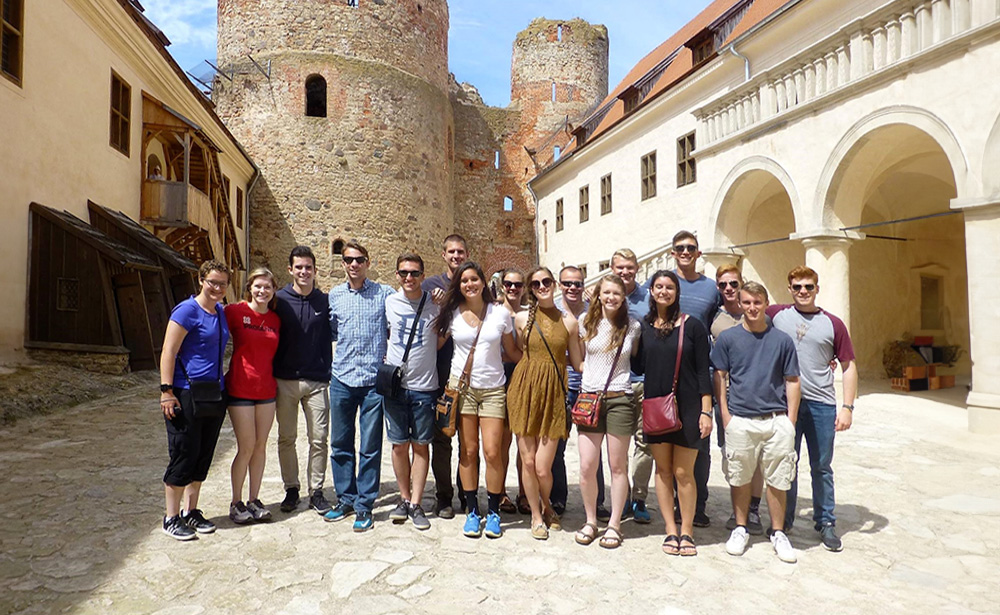Interesting Places to See in Riga. Part 3
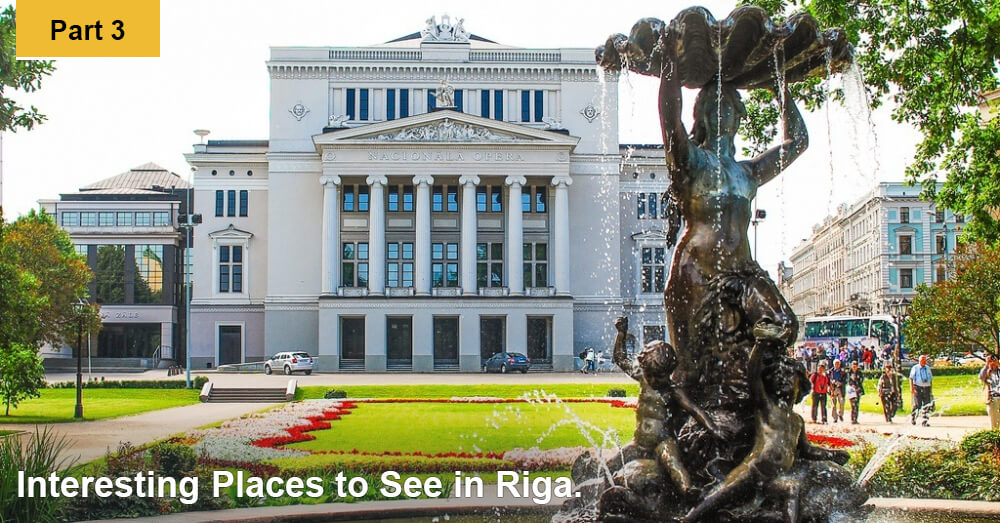
In Old Riga, there are many places where you want to stop, hold your breath and just admire the view. Therefore, we’ll continue telling you about the Riga landmarks and other interesting places you can see there. Today we’re going to speak about five places which you should visit when you come to the capital of Latvia.
Swedish Gate
The Swedish Gate is a cultural monument, architectural complex, and the only one of 8 gates in the fortress wall of Riga that has survived to this day in its original form. The gate was built in 1698 to connect the inner city with the barracks and houses located outside the city. It was opened early in the morning and closed at night. As legend has it, the gate received its name during the Northern War, when the Russians occupied many important towers and in 1710 captured Riga. The Swedes were forced to surrender.
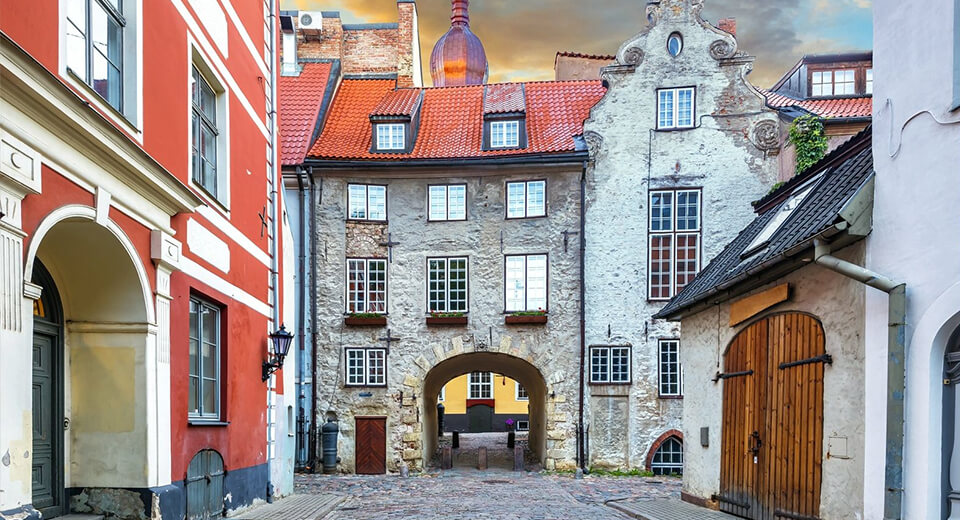
Jacob’s Barracks
Jacob’s Barracks are the group of buildings which stand along Tornu Street in Old Riga. According to historic data, the first wooden barracks were built in the late 17th century. Later, in the 18th century, after the Russian army captured Riga, the Russian Tsar Peter I decided to demolish the old barracks and to build new ones. The barracks had been renovated several times. Today in the historical complex there are cafes and restaurants and many other public institutions.
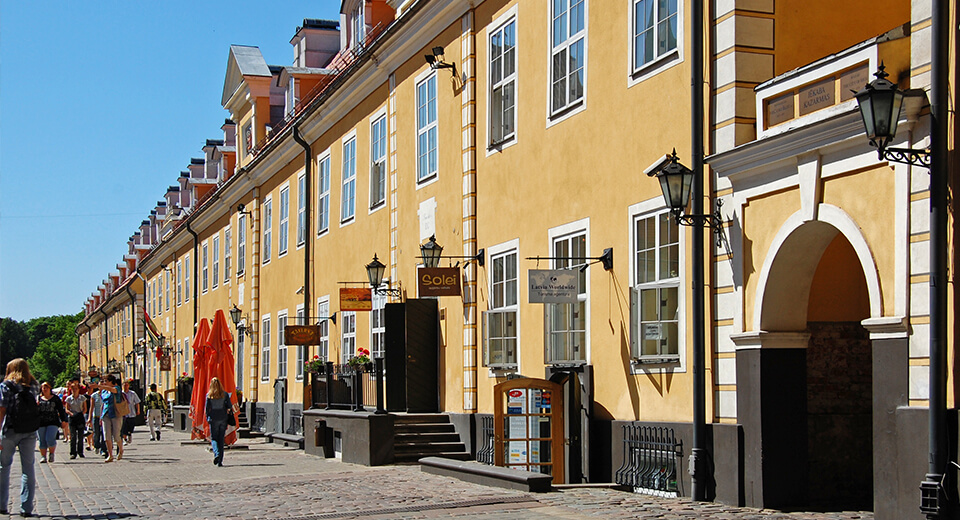
The Powder Tower
The Powder Tower is the only defense tower in Old Riga which has survived to this day. It was first mentioned in the 14th century as Sand tower. In the 17th century, it was used for storing gunpowder, which is how it got its present name. In the Medieval times, there were 28 towers in Riga each of them performing their own function. Some of them were used to protect the city, others to support the fortress walls. At that time, the Riga defense system was considered to be one of the most effective in the Baltics.
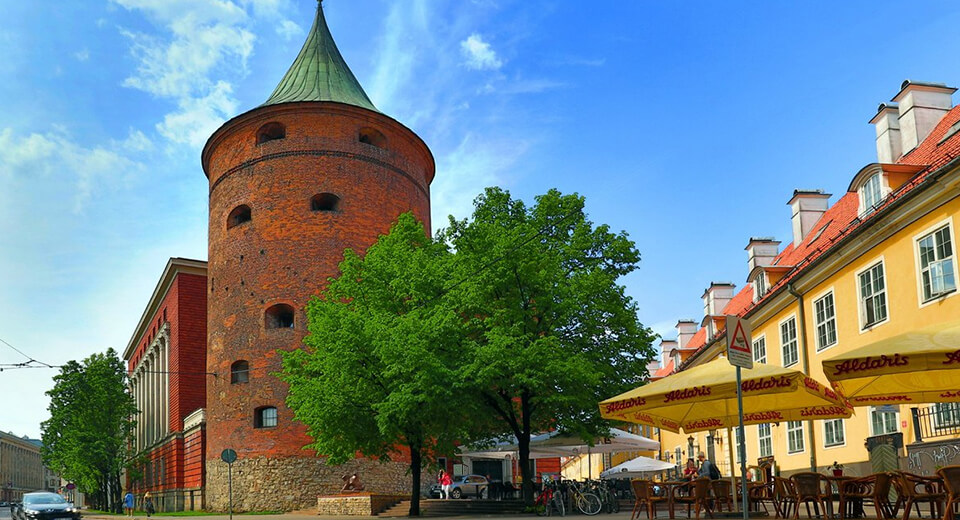
War Museum
The War Museum is one of the oldest and largest museums in Latvia. It was founded in 1916 as a museum of Latvian Riflemen. Since 1919 the museum has been located in the Powder Tower. The expositions tell about the military history of Latvia, starting from the Middle Ages and until now. The museum also houses expositions devoted to World War I and World War II. In the museum, you can see collections of weapon, medals, uniforms, etc.
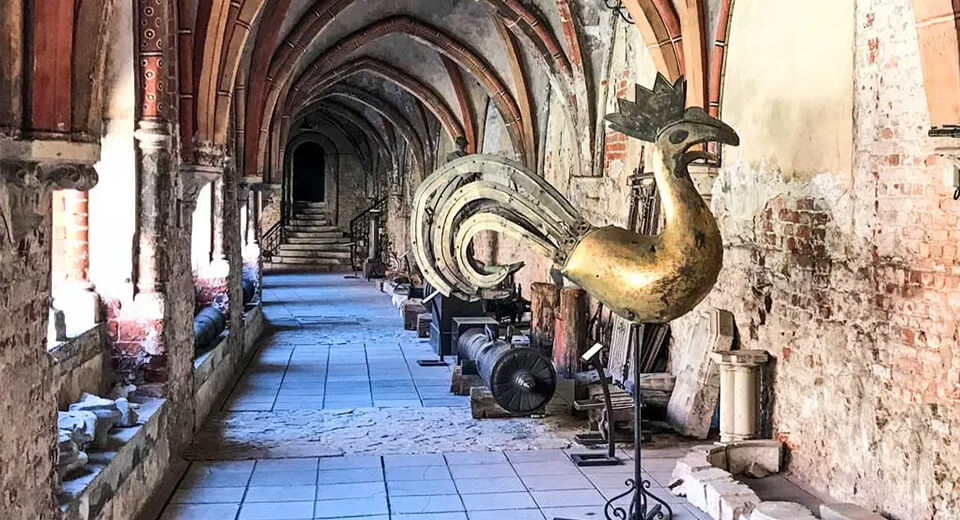
Museum of History of Riga and Navigation
Museum of History of Riga and Navigation is one of the oldest museums in Europe. It was founded in 1773. Exhibits cover the history of Riga from the time of founding of the city in 1201 and until 1940. The rich and diverse collections of the Museum originated from an art and natural sciences collection of Nikolaus von Himsel, a Riga doctor. Today the funds of the museum have about 400,000 items which reflect on political and economic development of Riga, its culture and everyday life.
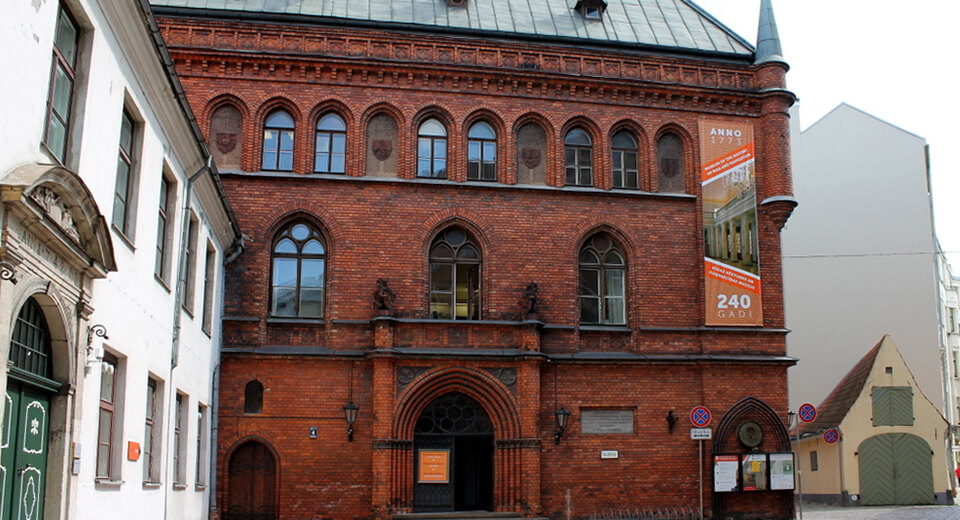
That’s the end of the fourth part of our stories about tourist attractions and landmarks in Old Riga. We hope you’ll like our article.
You may be interested
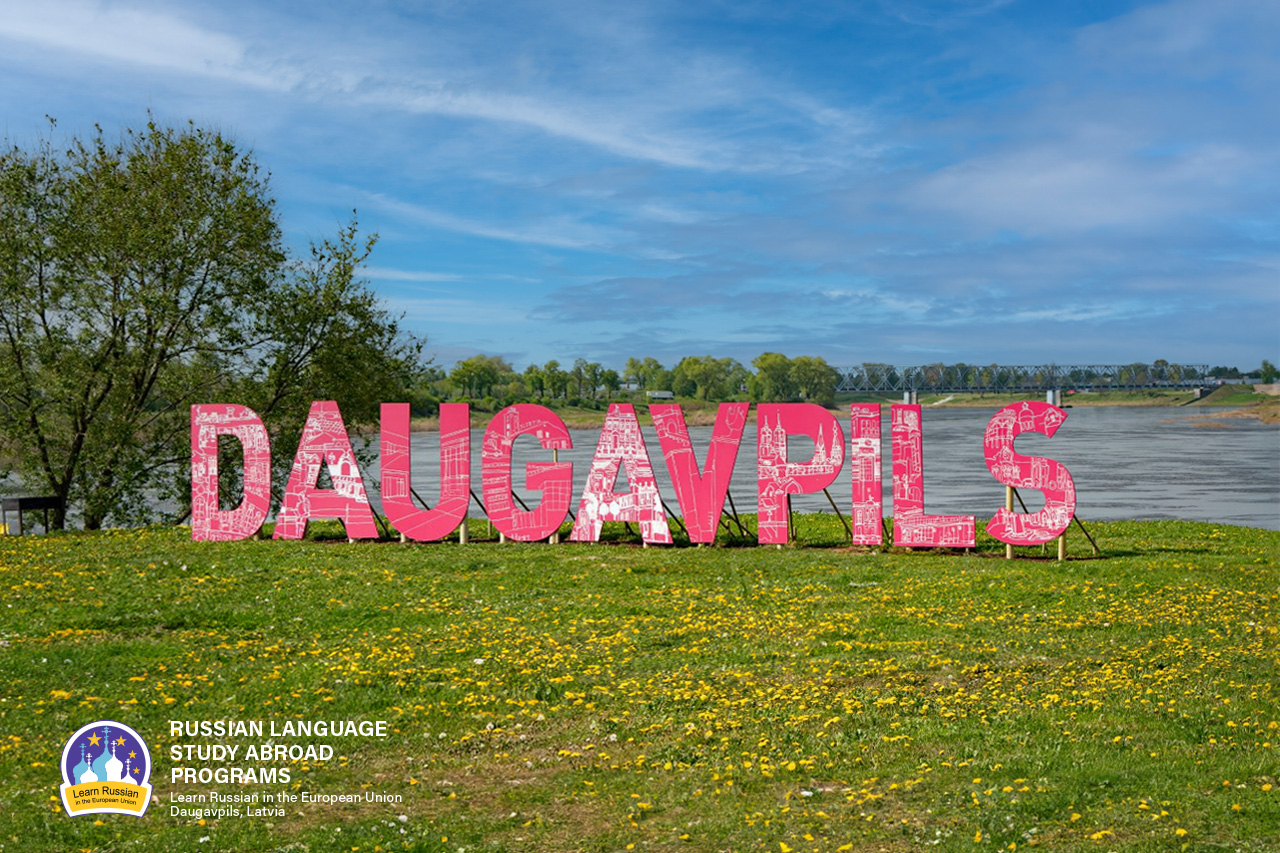
Why do people speak Russian in Daugavpils?
As it seems to us, Daugavpils is the best place to learn Russian now, because our city is situated in the EU and NATO, but at the same time 90% of the city’s population speak Russian at home.
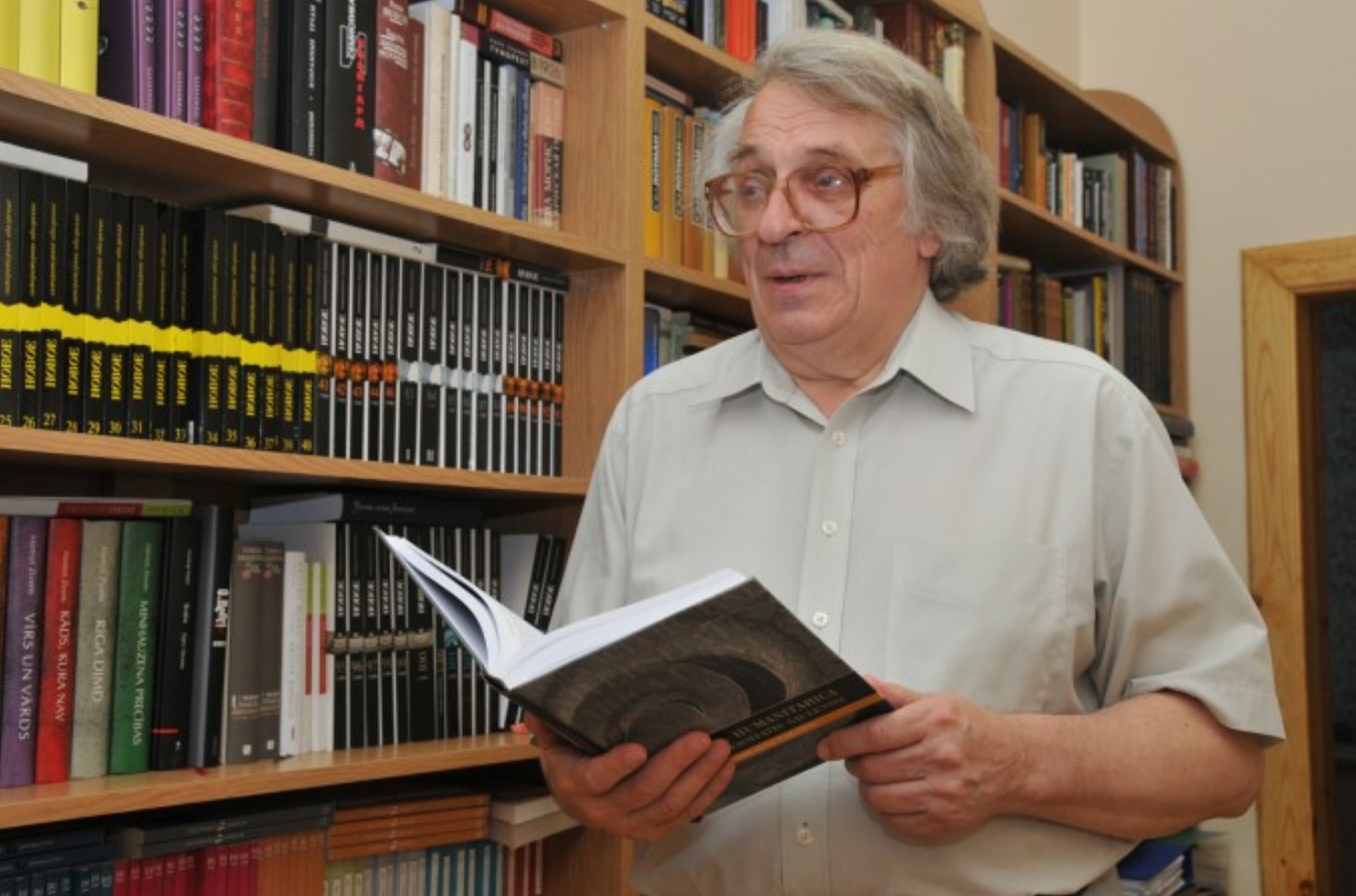
ЭТЮД О ДВИНСКЕ
Etude on Dvinsk by F.Fedorov
The Baltic region is one of the most catastrophe prone regions of the 2nd millennium, especially its second part; it is the centre of attraction of ‘geopolitical’ interests of the European world. Probably the most tragic fate has befallen to the eastern part of the present Latvia and its multi-titled town of Dinaburg – Dvinsk – Daugavpils. During its 730 years long history, the town went through five rather autonomous periods of development, five different lives (German, Polish, Russian, Latvian, Soviet), and at the beginning of the 1990s it entered into the 6th period.
The history of Dinaburg – Dvinsk – Daugavpils is the history of five attempts by the town to begin its life anew; and this is determined not only by the fact that the town was four times burned down and had to start life from scratch, but first and foremost because each of these periods was characterized by a total change of ethnos and the socio-cultural field.
The present article deals with the cultural space of the town in one of the most efficient periods of its development – from the 1860s till World War I.


